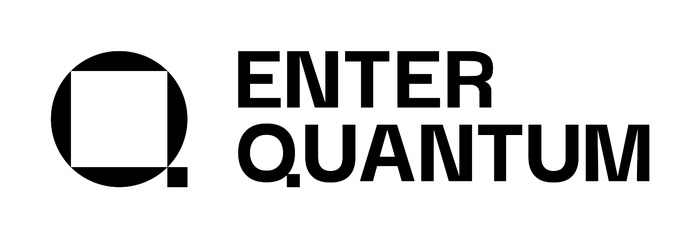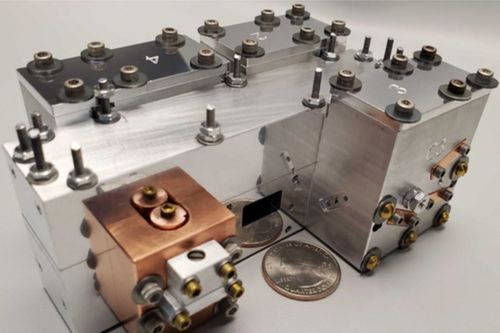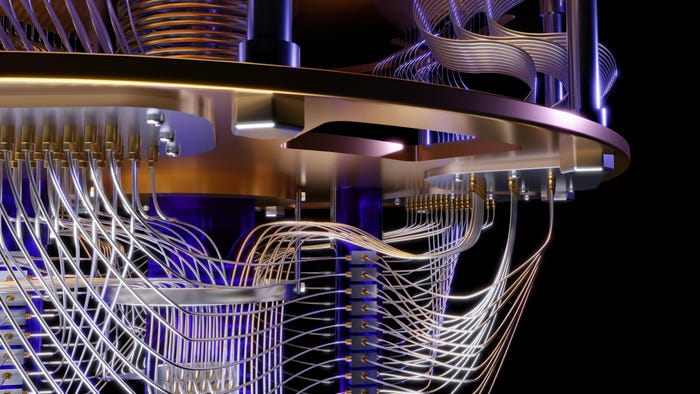
Connects decision-makers and solutions creators to what's next in quantum computing
The computer contains seven qubits

Using Lego block-like components hooked together, University of Pittsburgh researchers have created what they believe to be a more practical and efficient approach to quantum computing.
The modular quantum computer comprises a number of modules connected together with each module containing a qubit or quantum bit, a basic piece of information in a quantum computer.
“Instead of looking like an infinite checkerboard of qubits connected to their nearest neighbor, it looks very much like a tree, or the structure of an internet or phone system,” said Michael Hatridge, physics and astronomy assistant professor at the University of Pittsburgh.
While traditional computers calculate in bits that represent zero or one, or on or off, quantum computes use mechanical phenomena to solve problems that can’t be solved by traditional computers.
The computer at Pittsburgh University contains seven qubits while the largest superconducting quantum computer is IBM’s Eagle processor with 127 qubits.
One of the efficiencies of the university’s approach is that researchers are allowed to use a wider variety of algorithms since they can replace individual qubits that fail rather than working around dead qubits or starting back at the beginning.
“We’ve been redoing all of this in the last year to bring us to the next level of performance,” Hatridge said. “When I was in grad school, our repetition rate was around a second. Now we take billions of experiments a day. We’re generating terabytes of data.”
Businesses are exploring new uses for quantum computers.
For example, LG is looking to quantum computing to support its efforts in its open innovation strategy including artificial intelligence (AI), the Internet of Things (IoT), connected vehicles, digital transformation and robotics.
NASA also is looking to leverage quantum computing to communicate more efficiently with spacecraft exploring the solar system.
About the Author(s)
You May Also Like






